
GENETICS
DR: BUSHRA JABBAR
LECTURE 1----- 2 (PART 1)

Genetics
. It is the science of heredity. This includes the study of
genes, and the inheritance of variation and traits of living
organisms.
DNA and RNA Structure
DNA contains the sugar deoxyribose, while RNA contains the sugar
ribose. The only difference between ribose and deoxyribose is that
ribose has one more -OH group than deoxyribose, which has -H
attached to the second (2') carbon in the ring.
DNA is a double stranded molecule while RNA is a single stranded
molecule
-DNA is stable under alkaline conditions while RNA is not stable.

DNA and RNA perform different functions in humans. DNA
is responsible for storing and transferring genetic
information while RNA directly codes for amino acids and
as acts as a messenger between DNA and ribosomes to
make proteins.
DNA and RNA base pairing is slightly different, since DNA
uses the bases adenine, thymine, cytosine, and guanine;
RNA uses adenine, uracil, cytosine, and guanine. Uracil
differs from thymine in that it lacks a methyl group on its
ring.
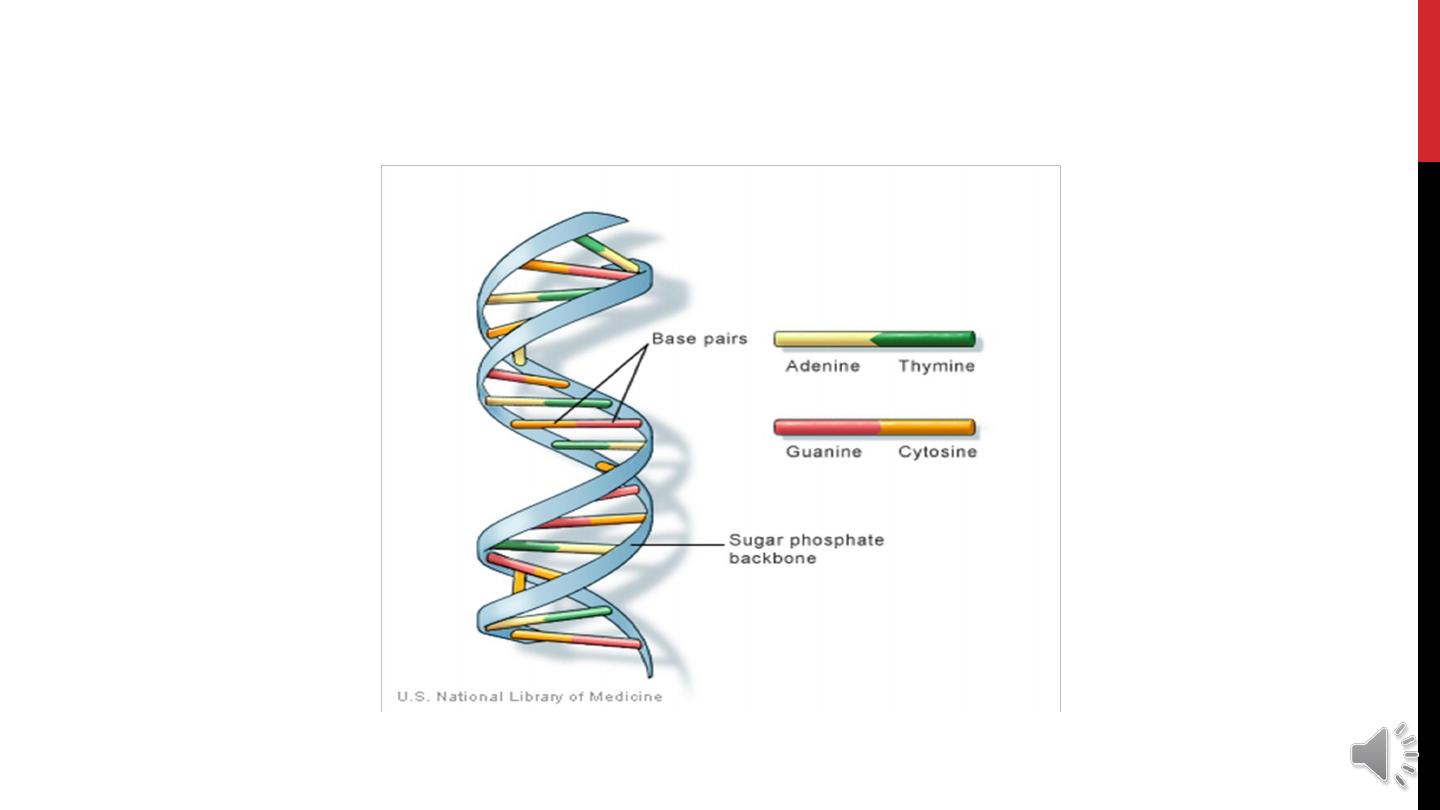

Composition of Bases and Sugars
DNA :deoxyribose sugar
phosphate backbone
adenine, guanine, cytosine, thymine bases
RNA :ribose sugar
phosphate backbone
adenine, guanine, cytosine, uracil bases
Propagation
DNA is self-replicating.
RNA is synthesized from DNA on an as-needed basis.

DNA :
The C-H bonds in DNA make it fairly stable, plus the
body destroys enzymes that would attack DNA. The
small grooves in the helix also serve as protection,
providing minimal space for enzymes to attach.
RNA
:The O-H bond in the ribose of RNA makes the
molecule more reactive, compared with DNA. RNA is
not stable under alkaline conditions, plus the large
grooves in the molecule make it susceptible to enzyme
attack. RNA is constantly produced, used, degraded,
and recycled.

DNA REPLICATION
THE IMPORTANT ENZYMES
. 1- DNA Helicase :Also known as helix destabilizing enzyme. Unwinds
the DNA double helix at the Replication Fork
2- DNA Polymerase :Builds a new duplex DNA strand by adding
nucleotides in the 5' to 3' direction. Also performs proof-reading and
error correction..
3- Topoisomerase
: Relaxes the DNA from its super-coiled nature.
4- DNA Gyrase
: Relieves strain of unwinding by DNA helicase; this is a
specific type of topoisomerase.
5- DNA Ligase
: Re-anneals the semi-conservative strands and joins
Okazaki Fragments of the lagging strand.
6- Primase
: Provides a starting point of RNA (or DNA) for DNA
polymerase to begin synthesis of the new DNA strand.

7- Telomerase
Lengthens telomeric DNA by adding repetitive nucleotide
sequences to the ends of eukaryotic chromosomes .
8- DNA clamp
A protein which prevents elongating DNA polymerases from
dissociating from the DNA parent strand. parent strand.
9- Single-Strand Binding (SSBP) Proteins
Bind to ssDNA and prevent the DNA double helix from re-
annealing after DNA helicase unwinds it, thus maintaining the
strand separation, and facilitating the synthesis of the nascent
strand.

Steps of DNA Replication
1 - The first major step for the DNA Replication to take place is the breaking of
hydrogen bonds between bases of the two antiparallel strands. The
unwounding of the two strands is the starting point. The splitting happens in
places of the chains which are rich in A-T. That is because there are only two
bonds between Adenin and Thymine .Helicase is the enzyme that splits the
two strands. The initiation point where the splitting starts is called origin of
replication. "Replication Fork".
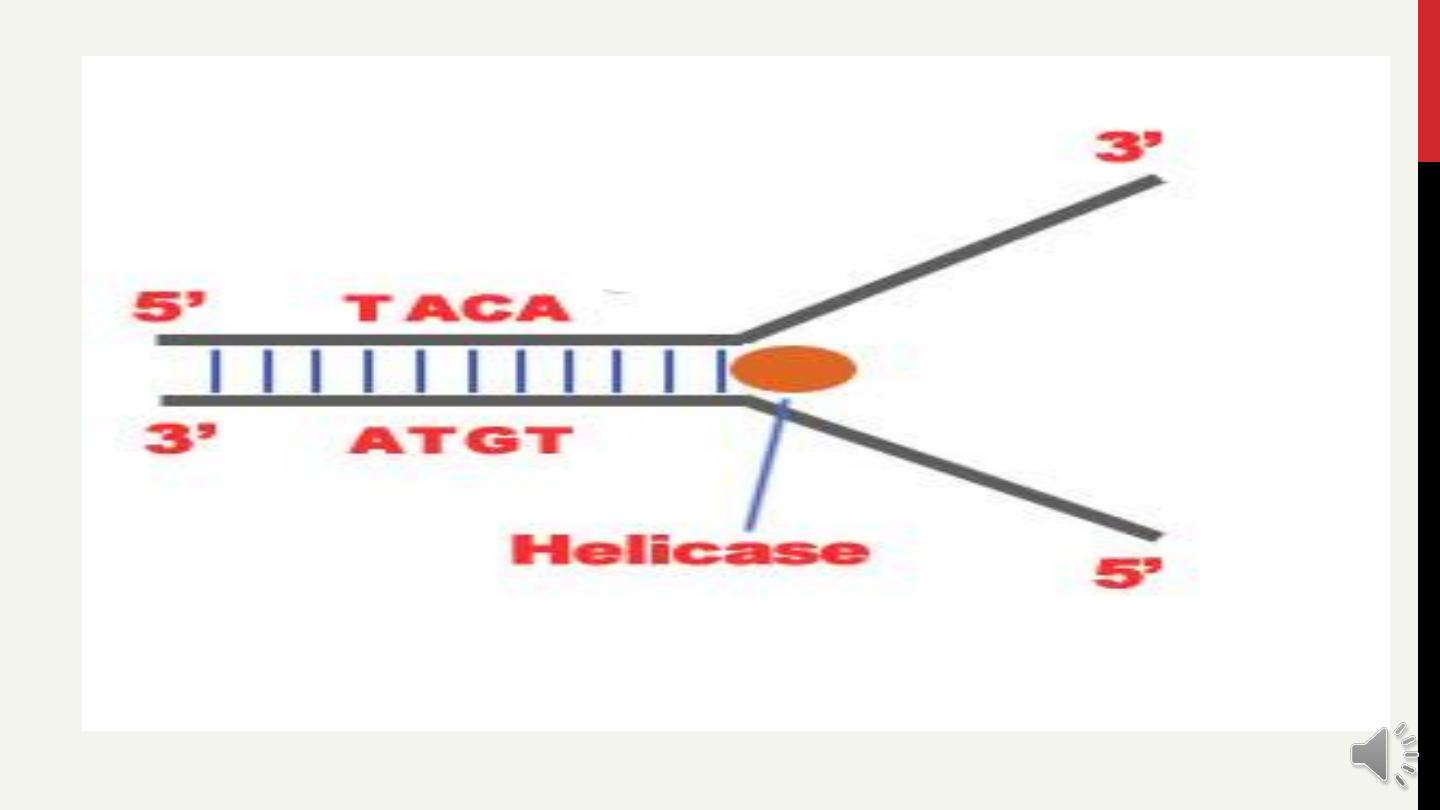
.

2- One of the most important steps of DNA Replication is
the binding of RNA Primase in the the initiation point of
the 3'-5' parent chain. RNA Primase can attract RNA
nucleotides which bind to the DNA nucleotides of the 3'-5'
strand due to the hydrogen bonds between the bases.
RNA nucleotides are the primers (starters) for the binding
of DNA nucleotides.
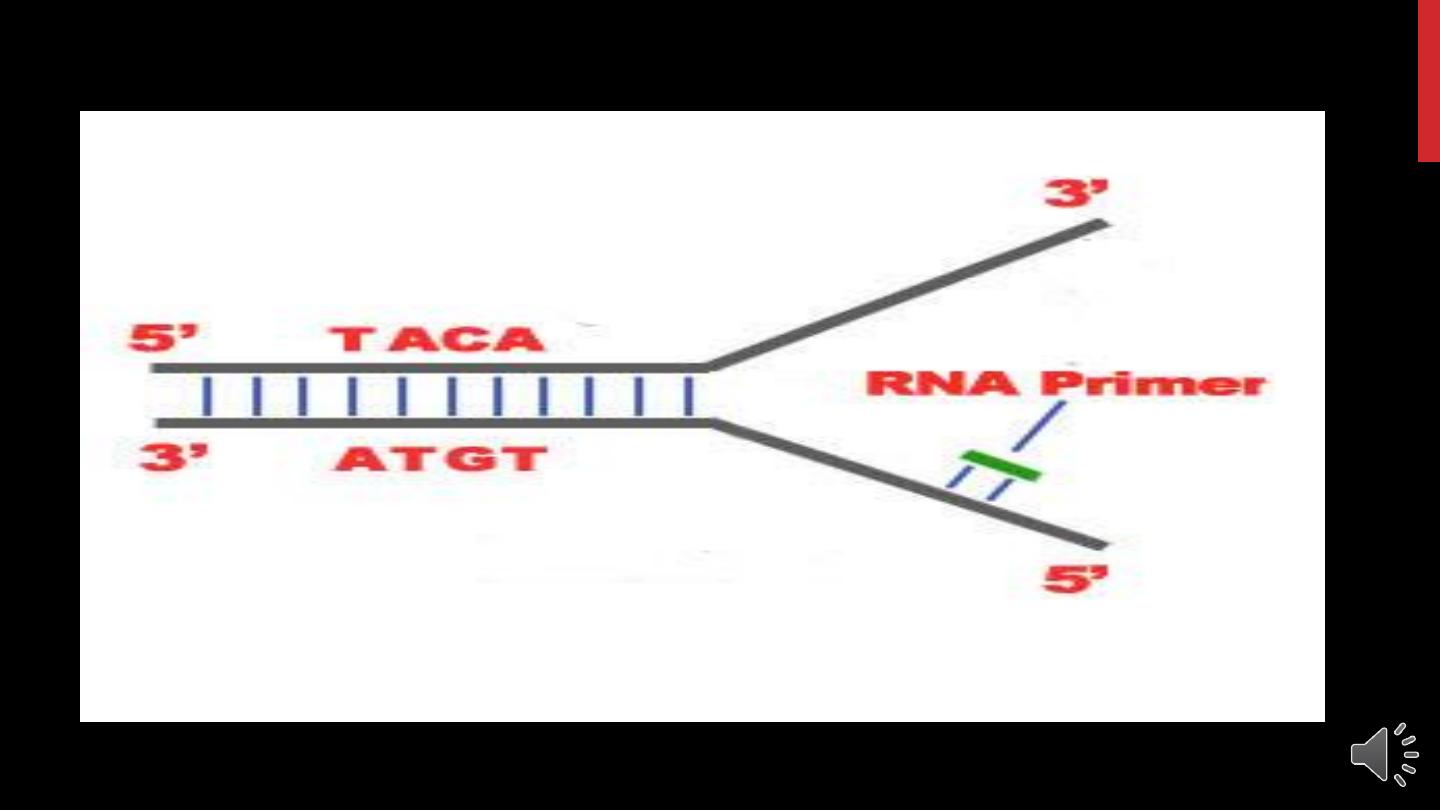

3- The elongation process is different for the 5'-3' and 3'-5'
template.
a
: 5'-3' Template: The 3'-5' proceeding daughter strand -that uses a
5'-3' template-
is called leading strand because DNA Polymerase ä
can "read" the template and continuously adds nucleotides
(complementary to the nucleotides of the template, for example
Adenine opposite to Thymine etc).
b
: 3'-5'Template: The 3'-5' template cannot be "read" by DNA
Polymerase ä. The replication of this template is complicated and
the new strand is called lagging strand. In the lagging strand the
RNA Primase
adds more RNA Primers. DNA polymerase å reads the
template and lengthens the bursts. The gap between two RNA
primers is called "Okazaki Fragments".
The RNA Primers are necessary for DNA Polymerase å to bind
Nucleotides to the 3' end of them. The daughter strand is elongated
with the binding of more DNA nucleotides.
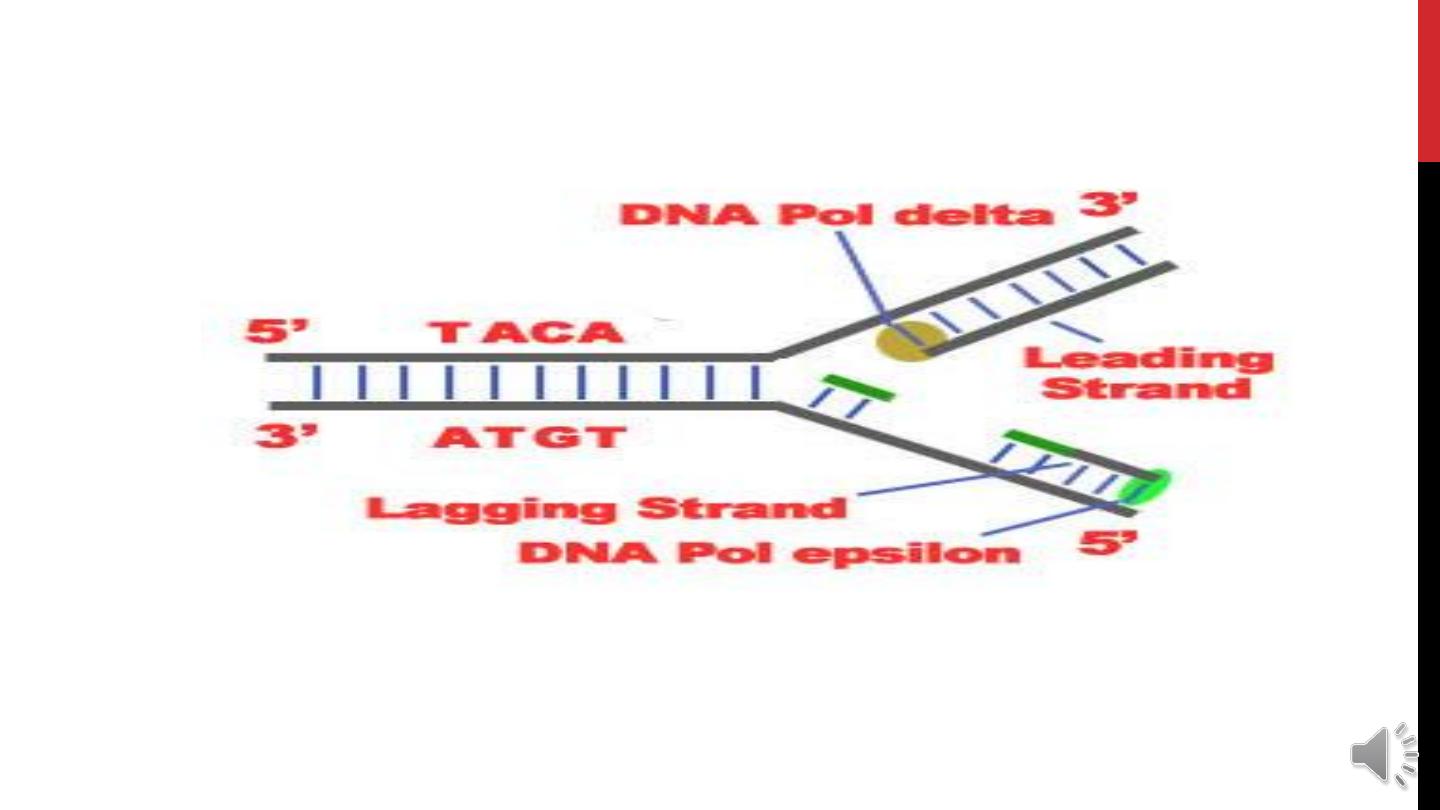
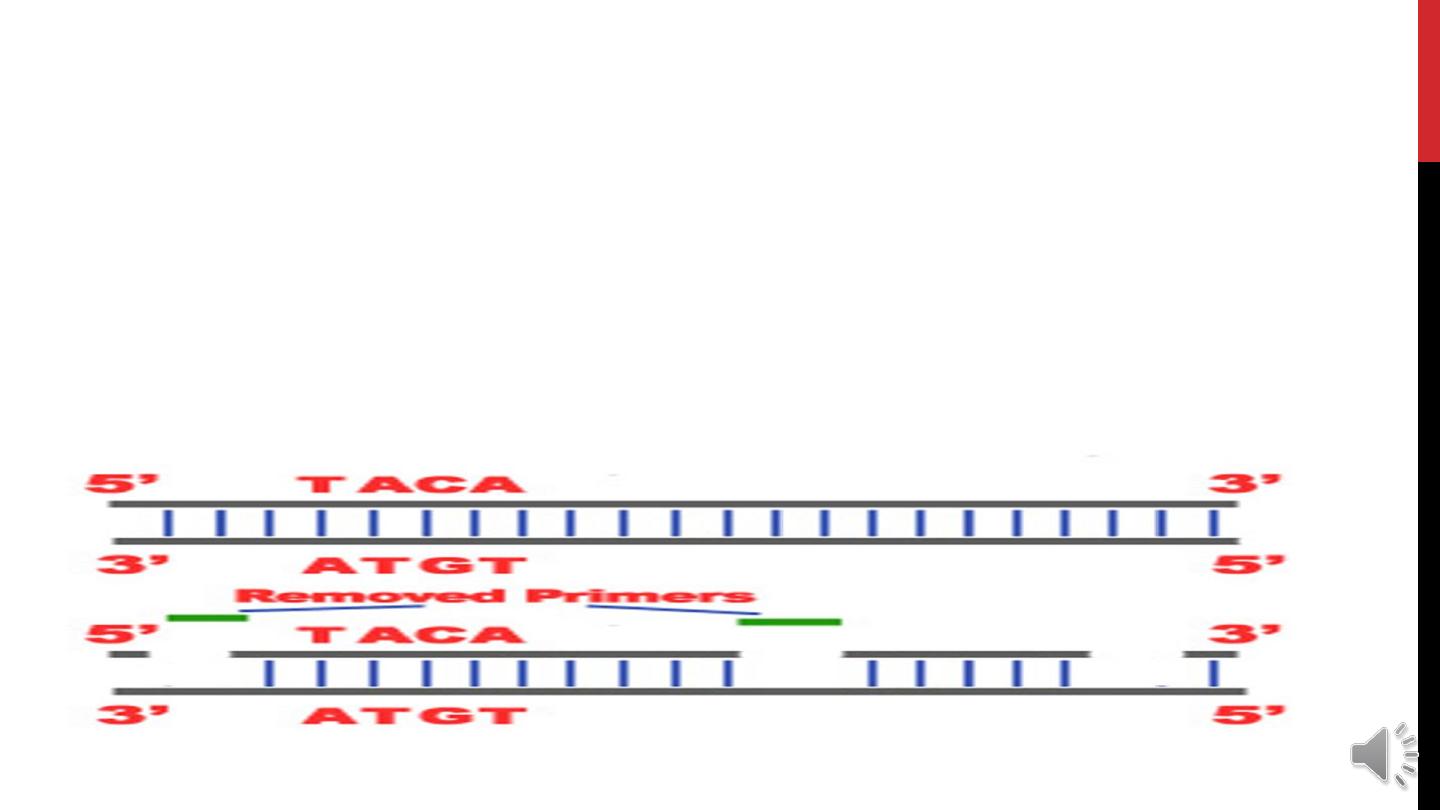
4: In the lagging strand the DNA Pol I -exonuclease-
reads the fragments and removes the RNA Primers. The
gaps are closed with the action of DNA Polymerase (adds
complementary nucleotides to the gaps) and DNA Ligase
(adds phosphate in the remaining gaps of the phosphate
- sugar backbone).

5- The last step of DNA Replication is the
Termination. This process happens when the DNA
Polymerase reaches to an end of the strands. We
can easily understand that in the last section of the
lagging strand, when the RNA primer is removed, it
is not possible for the DNA Polymerase to seal the
gap (because there is no primer). So, the end of the
parental strand where the last primer binds isn't
replicated. These ends of linear (chromosomal) DNA
consists of noncoding DNA that contains repeat
sequences and are called telomeres.
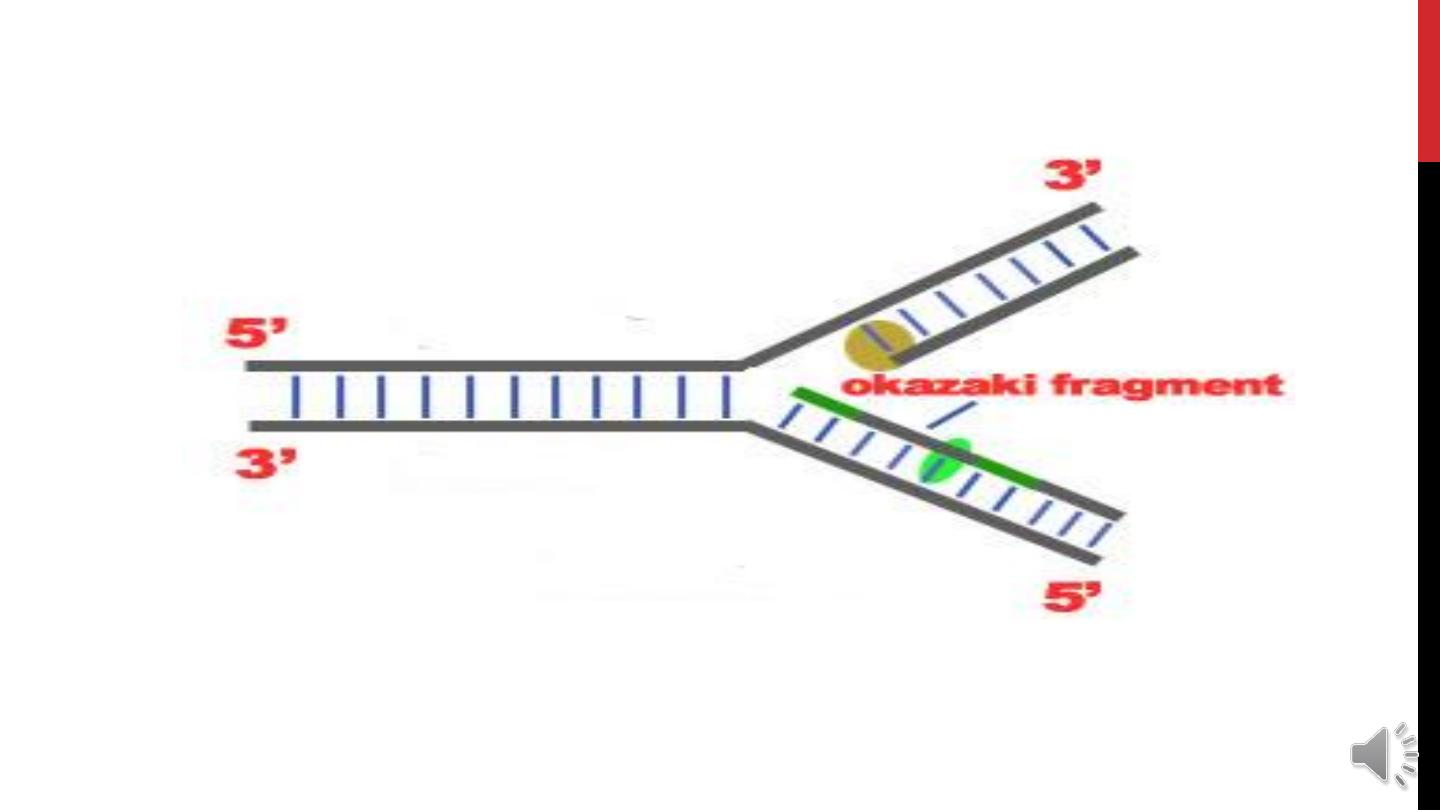
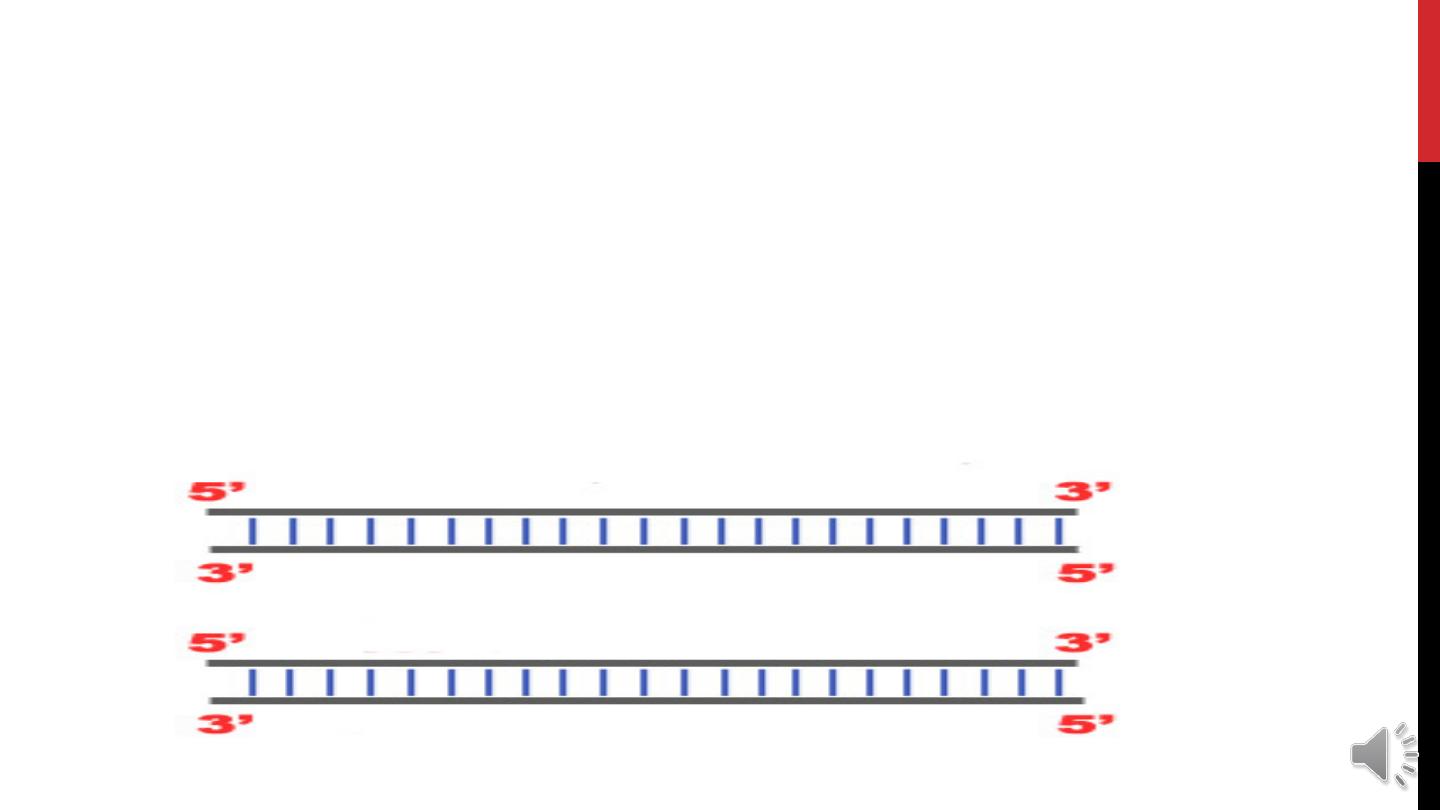
6: The DNA Replication is not completed before a mechanism of
repair fixes possible errors caused during the replication. Enzymes
like nucleases remove the wrong nucleotides and the DNA
Polymerase fills the gaps.

